Kakheti Valley, Georgia 6 – 6/2014
We had been looking forward to Georgian wines since we had our last sip of Italian Nero d’Avila. To our disappointment, most of the stores in Georgia stocked plenty of beer, vodka and juices, but rarely more than a few wines. Much of the table wine we found in the country was either homemade or produced by wineries and sold in 5-liter plastic containers. It was invariably on the sweet side. This was not Napa Valley, where there is a winery every couple of miles advertising their wine-tasting rooms, tours and picknick facilities. If these exist at all in the Kakheti wine country valley, they are set up for tour buses, not individuals.
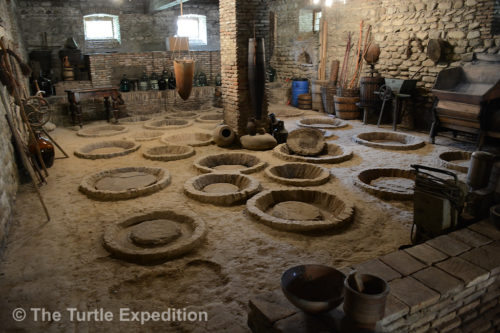
The old wine cellar at the Numisi Winery still had the original amphorae buried in the floor where wine is traditionally aged in Georgia.
At length, we did find two wineries that were very interesting. The Numisi winery in Velistsikhe was located on a dirt side road with no signs outside of any kind. It had an interesting museum of antique wine making equipment. The old winery itself still had the huge amphorae called qvervri buried in the ground where wine was traditionally aged. For $10 each they offered a tour of the museum and a generous sample of their red, rosé and white wines, plus a dangerous chacha brandy, (grappa style), also called “vine vodka” or “grape vodka”, distilled from the seeds and stems. All was accompanied by fresh cheese and bread.
We learned that they are apparently known for their Saperavi wine made from an indigenous red grape. Saperavi is Georgia’s most widely planted red wine grape, and is often blended with other grape varieties. The owner, Nunu, a delightful lady herself, gave us the tour and let us peek into the cellar where 10–year old cognac was aging in barrels. Quite content that we had discovered Georgian wine, we camped right in front of the winery that night.
The second winery we visited with the help of the informative Tourist Information Office in Telavi was the Twins Old Cellar Winery. Obviously set up for tour buses, we would have never found it on our own. They had a fabulous museum and exhibits of how their traditional wines were made. Even then, their best dry red they called “The Black One” because of its incredibly dark color, was sold in beautiful ceramic 1-liter bottles, ($25) or a 5-liter plastic jugs, ($35), an unfortunate choice since this type of wine deteriorates quickly once exposed to air.
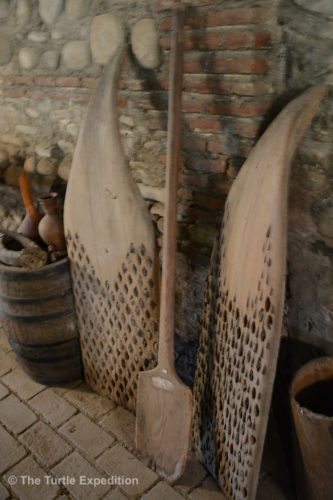
These strange looking boards have flint or shale embedded in them. They were used to drag over a plowed field to break up dirt clots. We’ve seen similar version before in Spain and Turkey.
We were fortunate to see the next generation of giant amphorae being prepared and buried in the ground for the unique aging process. Once the special clay amphorae (urns) are fired and aged, they are treated with a lime type cement on the outside and then again heated with fire on the inside. A coat of liquid bees’ wax permanently seals the surface. Buried in the ground, the year’s vintage is sealed and stored for at least one year. These amphorae are cleaned and re-used for generations.
We were told that Russia has banned the importation of Georgian wines, mostly sweet, and wineries are now adapting to more modern vinting processes to produce the dry wines preferred by the European and US markets, but we found few examples that were both good and affordable.
Driving through the Kakheti Valley, we could have been in the Napa, Sonoma or any other valley in California, but clearly, the way to explore the wines of Georgia is with a private guide or by tour bus.
- Wine routes were clearly marked but wineries were mostly closed and not open for casual tasting except by tour bus. Many preferred you call ahead.
- From our camp in the hills above the Kakheti Wine Country we could have been overlooking the Sonoma Valley from the Jack London Estate.
- The Numisi winery museum was beautifully appointed for tour buses.
- Nunu, the owner of Numisi winery, and Monika toast with the traditional clay bowls used for white wine.
- A rare find at the Numisi winery museum was this bottle of wine produced specifically for Stalin.
- Wine barrels don’t seem to be used as they are in other countries except for Cognac.
- Traditionally, wines are stored in huge amphorae (called qvervri) buried in the ground for approximately one year.
- These clay storage vessels are reused for centuries and cleaned after each vintage with special natural anti-bacterial brushes.
- Among the many interesting artifact in the Numisi wine museum was this old hand crank wine press.
- Nunu let us peak into the cellar where 10 year old Cognacs were aging in the barrels.
- Wandering around behind the Italko monastery we saw that wine had been produced there for hundreds of years.
- Visiting the Twin Old Cellar winery the guide explained the process and the differences in the wines they produced.
- The great museum and display at the Twin Old Cellar winery showed how historically, the huge amphorae (qvervri) were made and stored in the ground.
- The new amphorae were first treated with a special lime cement before being heated with a wood fire inside.
- The final step was to coat the inside with melted bees’ wax.
- We watched as newly prepared amphorae (qvervri) were buried beneath the cellar awaiting the traditional vintages of the next generations.



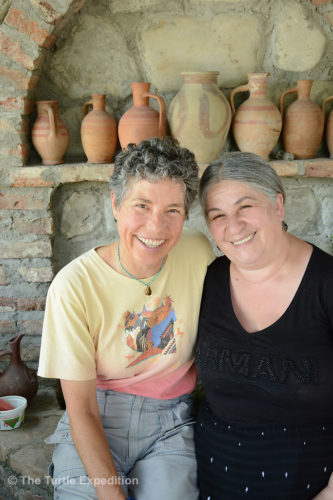
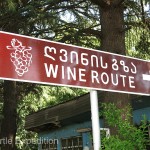
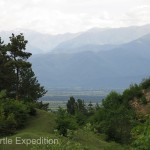
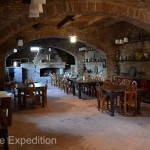
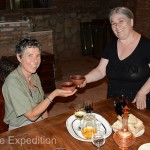
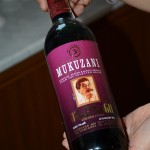
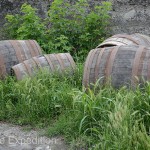
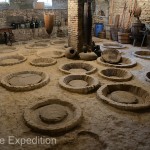
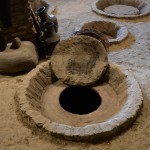
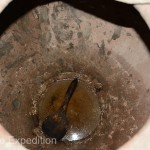
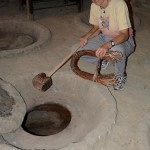
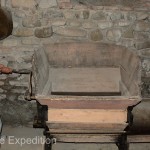
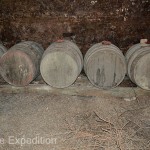
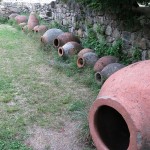
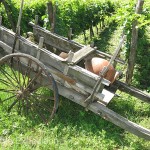
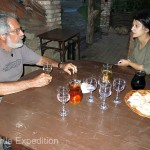
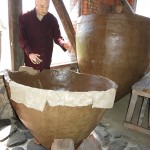
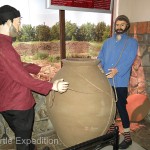
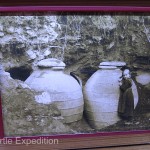
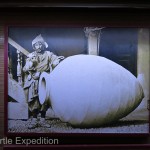
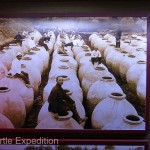
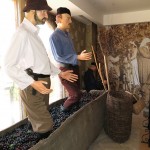
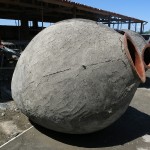
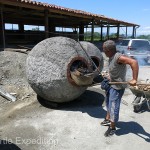
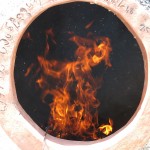
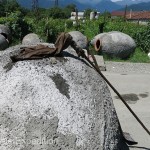
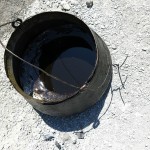
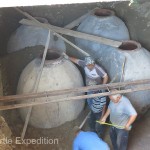
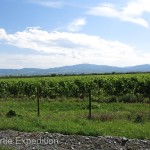
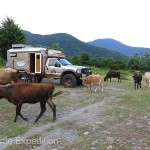






We had been looking forward to Georgian wines since we had our last sip of Italian Nero d’Avila. To our… https://t.co/fPNEfmq5kP
Martine Cos liked this on Facebook.
Vitaly Izotov liked this on Facebook.
Ildo Costa Nunes liked this on Facebook.
Cloud Walker liked this on Facebook.
Mehmet Zeki Avar liked this on Facebook.
Linda Emanuel liked this on Facebook.
Adam Grodecki liked this on Facebook.
Annie Lehmkuhl Hendricks liked this on Facebook.
Douglas Rykerd liked this on Facebook.
Ziana Zee Gauci liked this on Facebook.
Alexander Trushnikov liked this on Facebook.
Debbe Deverill liked this on Facebook.
Tacoma White liked this on Facebook.
Brison Palmer liked this on Facebook.
Jennifer Morris liked this on Facebook.